Delight Your Subscribers With Better Emails In Mailchimp
Are you feeling accomplished?
You should definitely be proud of your hard work. You’ve made it so far. Learning what you have learned and putting it into practice is a big deal. Way to go.
Have you been following along with this whole series? You can find all the posts and lessons on the Mastering Mailchimp page.
Before we move forward, there are a few tips that will help you create better emails in Mailchimp for your subscribers.
{Updated for 2019}
If you plan to provide a regular RSS feed for your readers, keep it short and sweet.
Readers who are receiving your regular emails don’t have a lot of time. To get the most bang for your buck be sure to offer useful information and keep the extra content to a minimum.
If you post three to five times per week, consider sending your emails weekly instead of daily. If you post one to two times per month, sending your feed after each post is fine.
Use emails in Mailchimp to promote your blog
A lot of bloggers believe once you set up your RSS email you can forget about it. Not true.
You should be checking your feed and updating your emails at least once per quarter.
Do you have seasonal information you can share via your emails? Add it in under your posts.
Do you have an ebook or other products? Promote them in rotation.
It is best to give your readers one other call-to-action in RSS emails which are sent more than once a week. If you sent a weekly round-up you can add more than one call-to-action.
Consider pushing your social media accounts during your quarterly rotations. For a few months, remind readers to follow you on Pinterest, then change to Instagram or Facebook.
If you have a new series coming up, promote it.
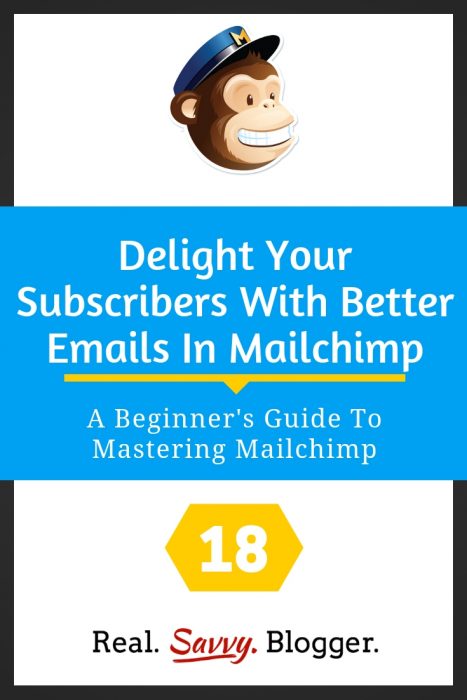
Promote your affiliations
Are you an affiliate for a company? Include a tasteful ad in your emails. Rotate your ads every quarter.
Remember, you cannot send Amazon Affiliate links through emails with Mailchimp or any other provider. Instead, direct readers to your own blog where you have outbound links to Amazon.
Don’t overdo the advertising. RSS feeds are mainly to share your content. Keep your ads tasteful and to a minimum for maximum results.
If you do include legitimate affiliate links in your emails with Mailchimp, be sure to include a statement of intent on your email template.
I recommend a short statement in your footer.
Here are a couple of examples:
I use affiliate links. At no additional cost to you, when you make a purchase I may get a small commission. Your support is very appreciated. Thank you!
Because I believe in being well equipped for success, I use affiliate links. If you decide to purchase something I’ve suggested I may get a small commission, at no additional cost to you. This income helps to pay for my site costs. Thank you for supporting my work in this way.
Use your emails as a stepping stone
You may not be ready to send a regular newsletter to your readers. While you are building your email list and your audience use your RSS emails as a stepping stone to creating your newsletter.
Take time each quarter to update your template. Learn to add seasonal touches and flair to show your readers you are still involved in the process of sending them regular emails. Be helpful and above all, write great content.
RSS emails build trust. The payoff comes when you need to tap into this ready-made audience. When you release your book or your next product, you will have willing buyers because you put your readers first.
Do not underestimate the power of an RSS campaign in Mailchimp. It will help you expand your reach and grow a successful blog you love.
#YouCanDoThis


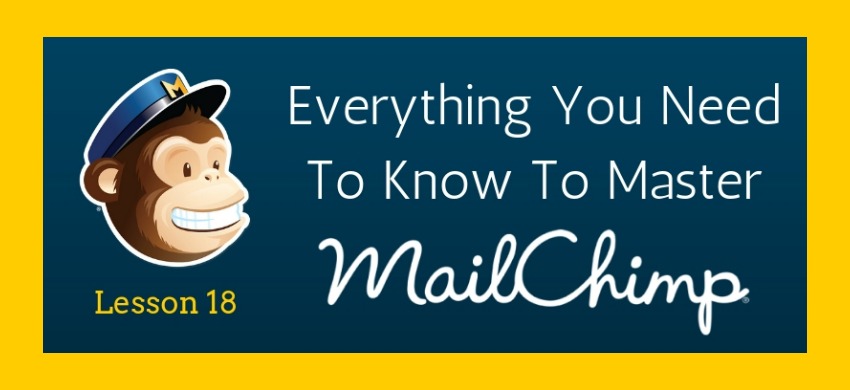
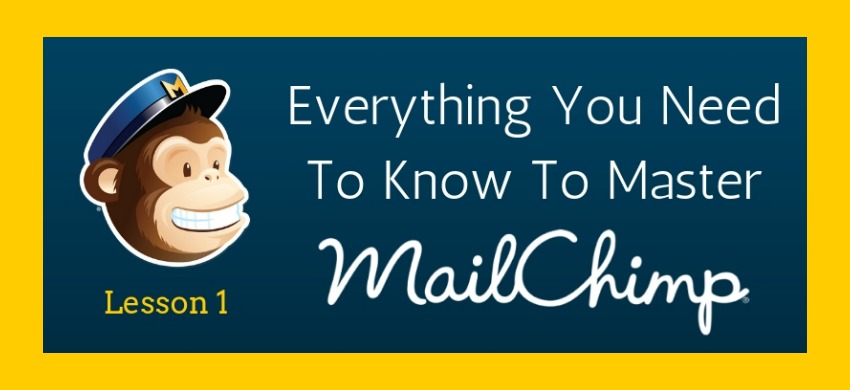
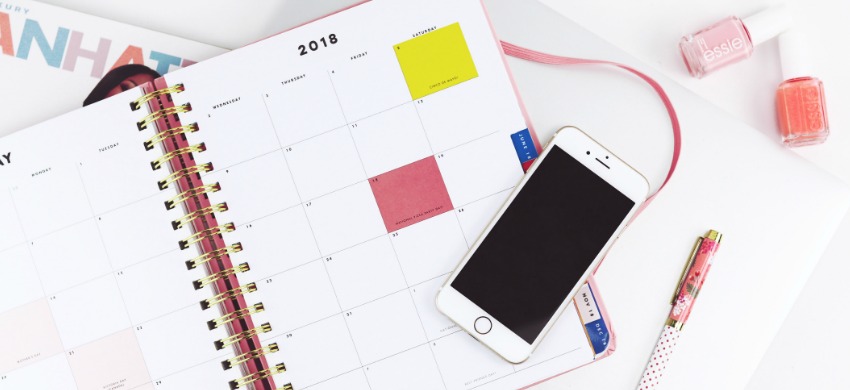
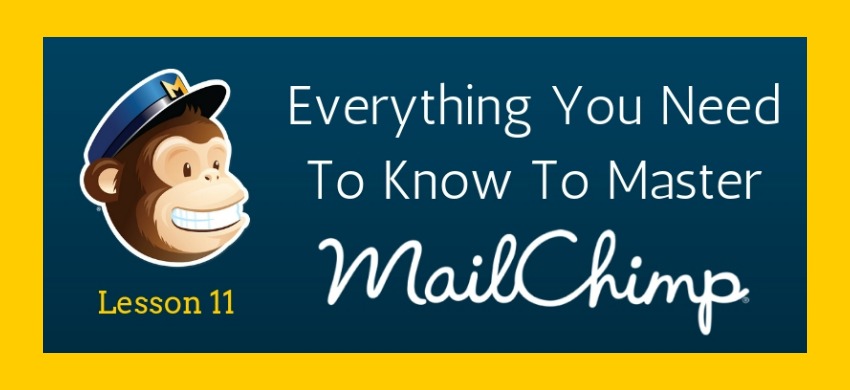
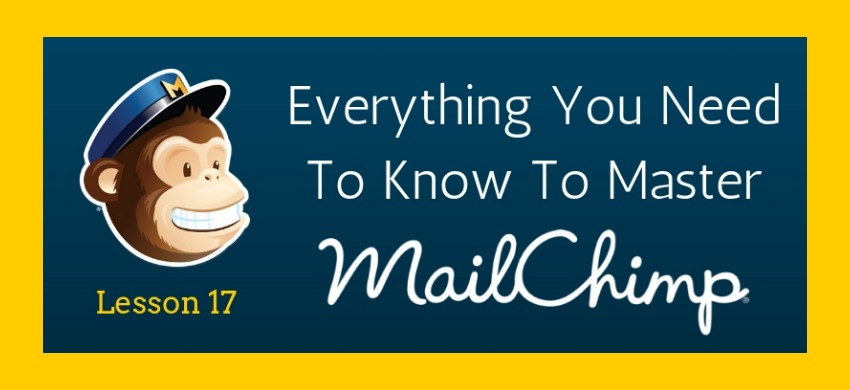
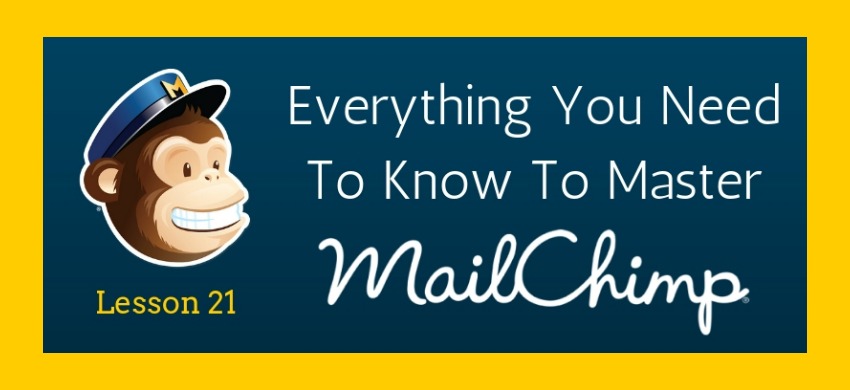

Hi,
Thank you for the information. I am writing about the value of Emails in tomorrow’s post and one I have coming out in November.
Janice
You’re welcome Janice. I look forward to reading your post.